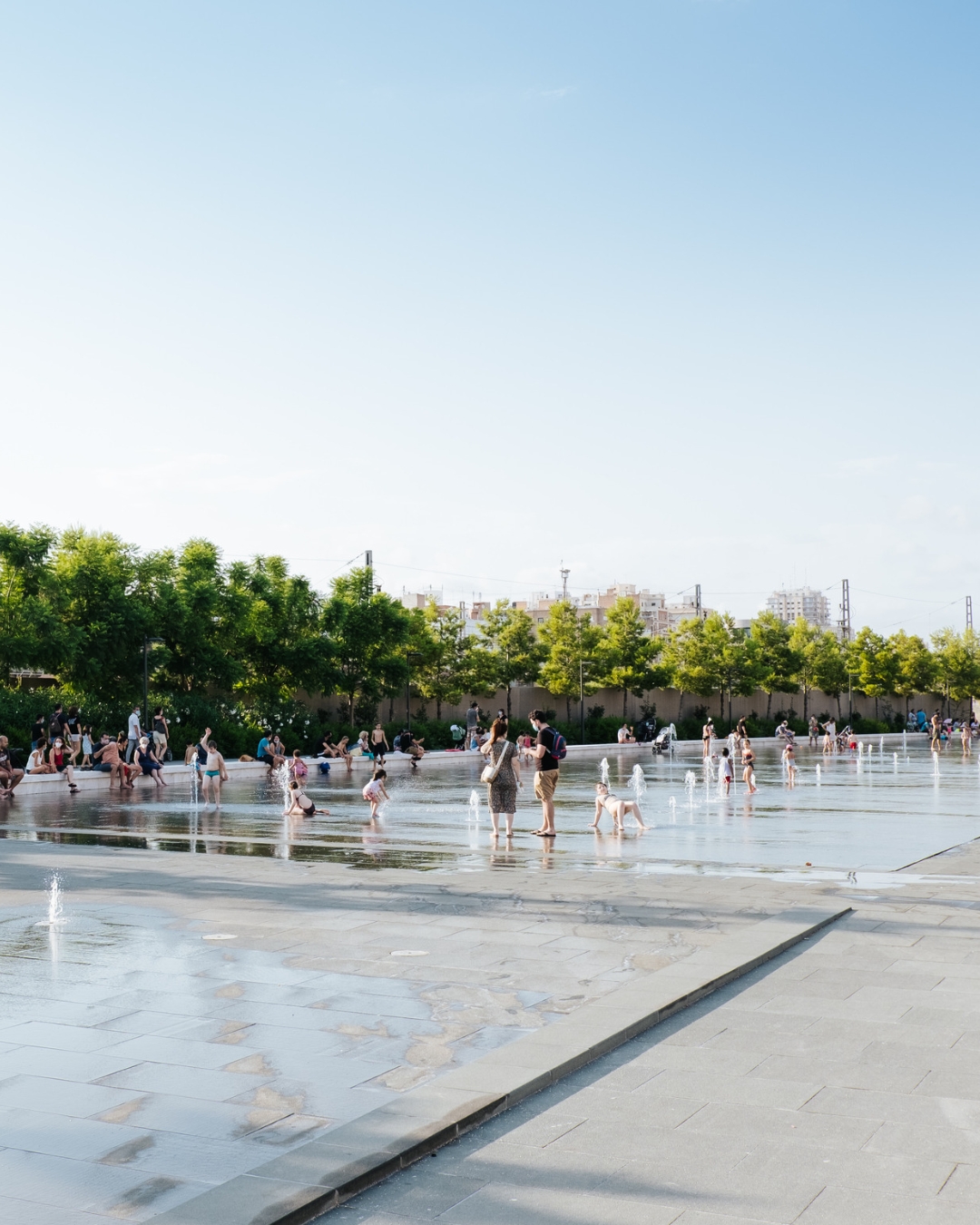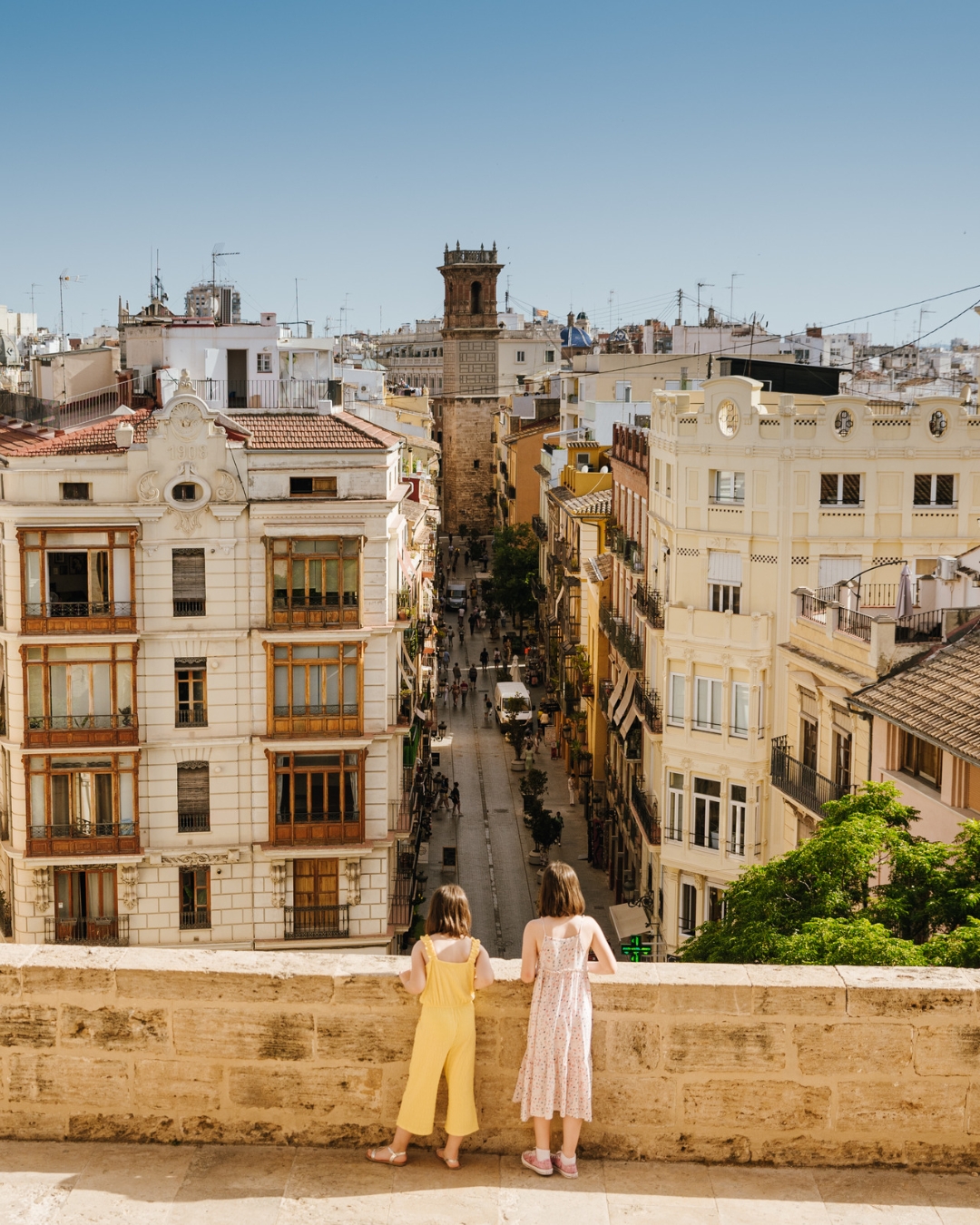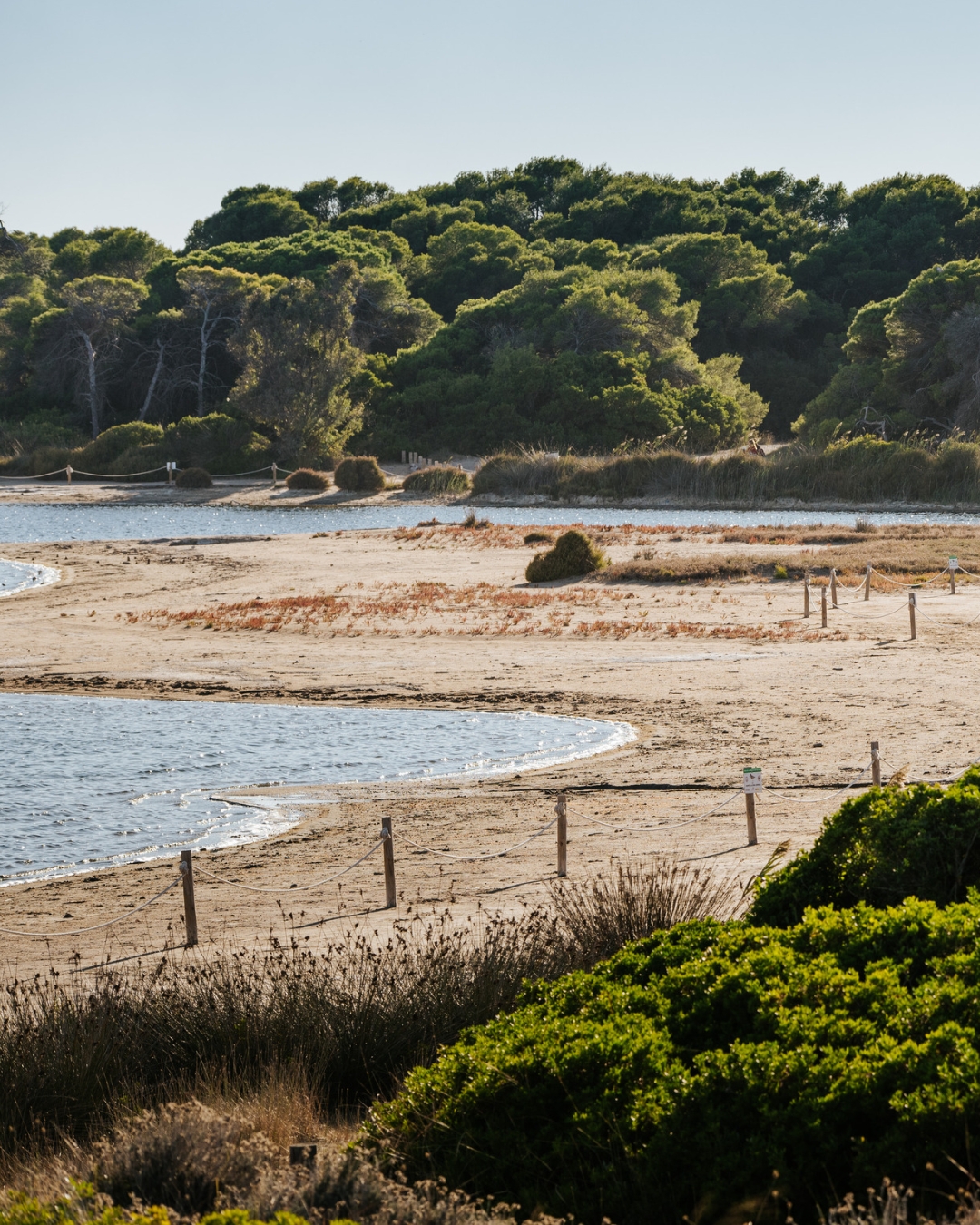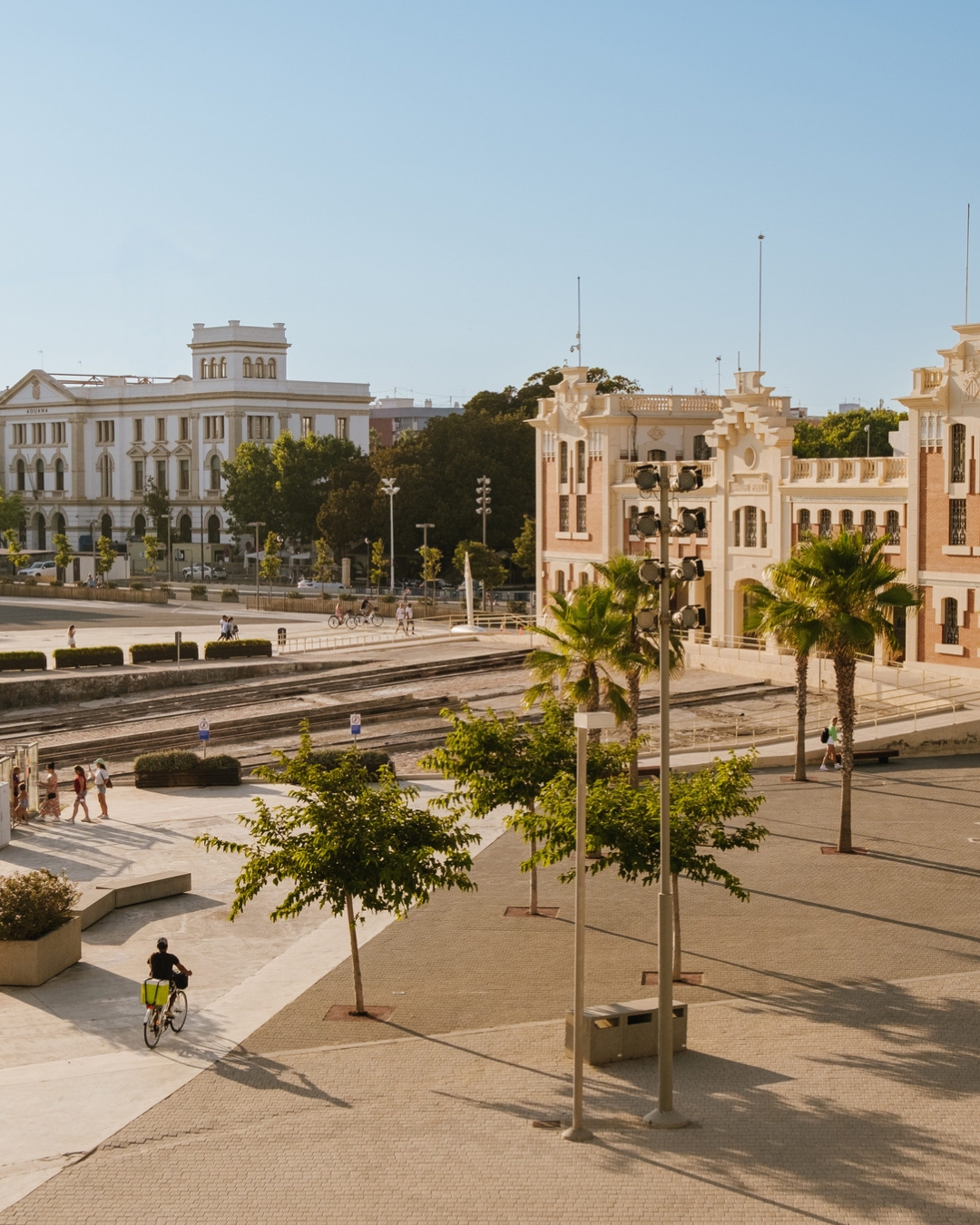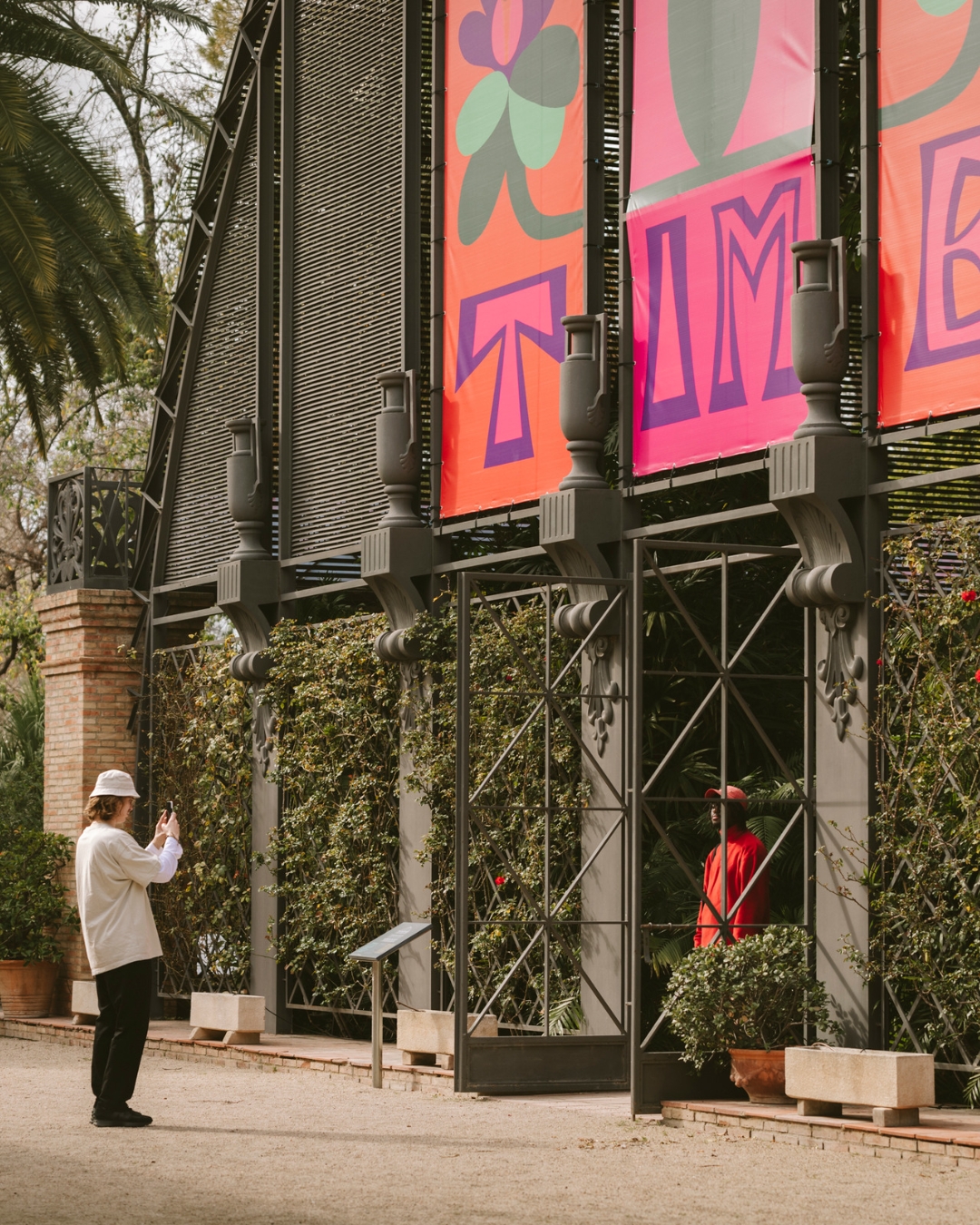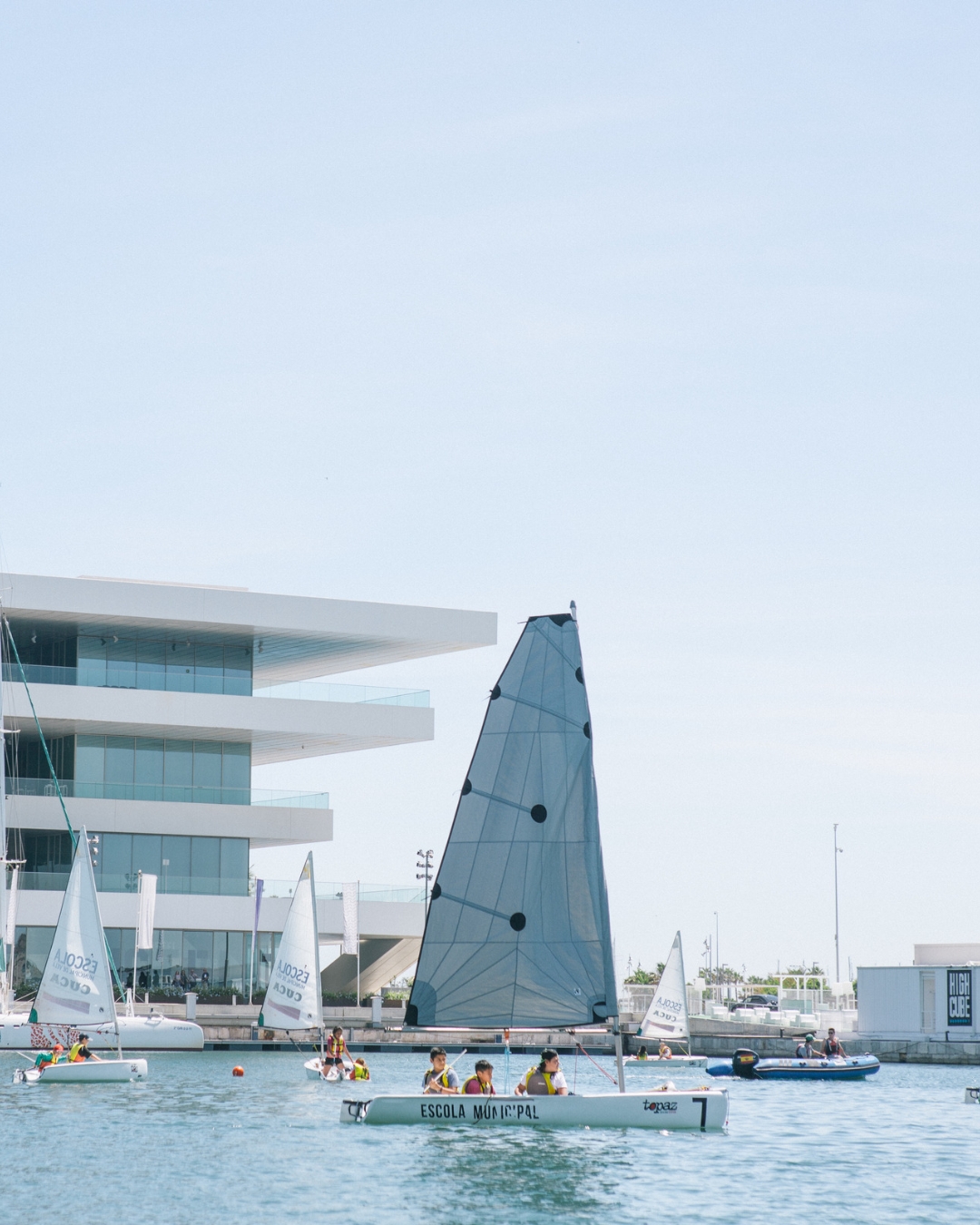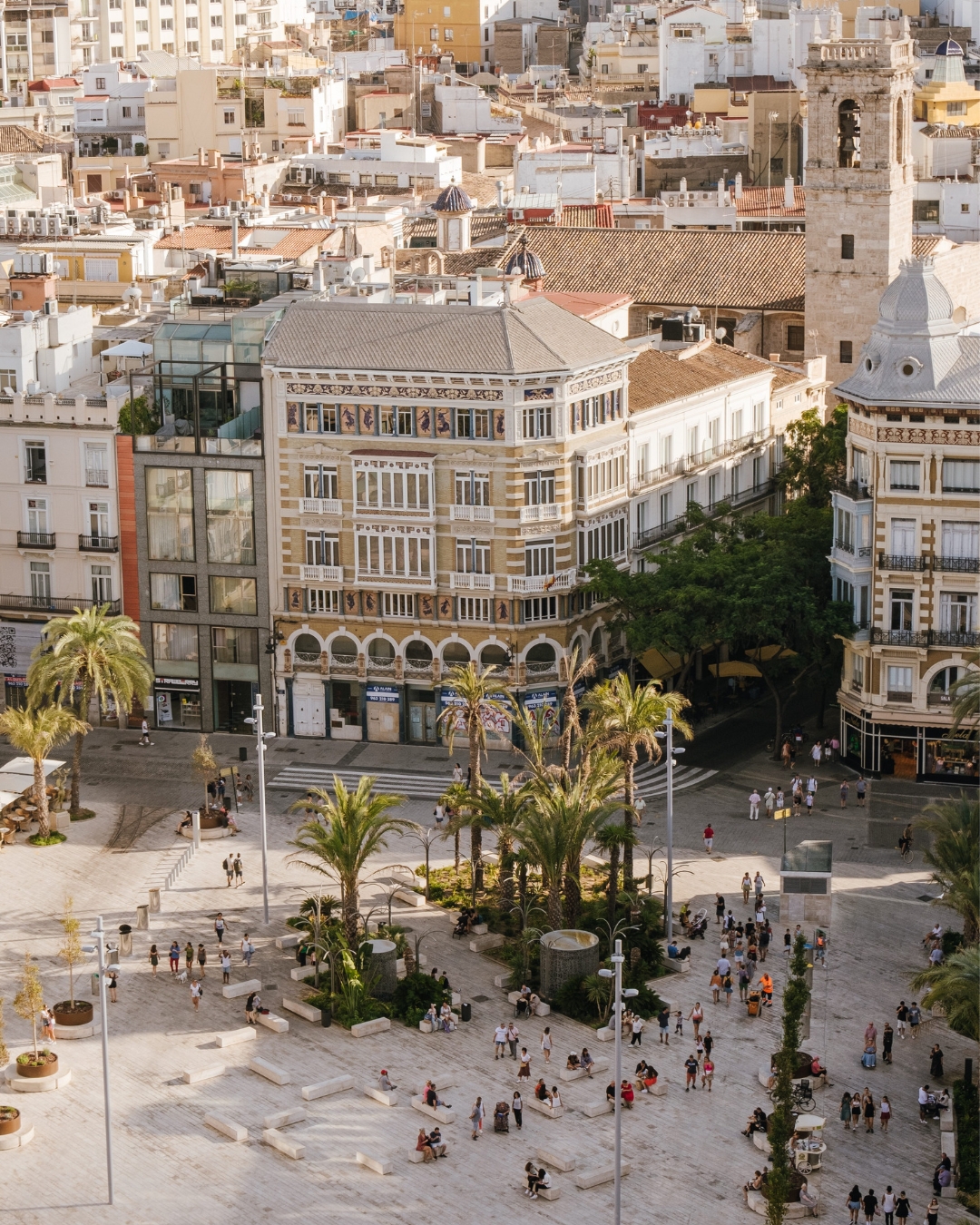Resources
News
«The Desired City», the first assessment of the design of the city of Valencia to improve the wellbeing of its inhabitants
«The Desired City», the first assessment of the design of the city of Valencia to improve the wellbeing of its inhabitants
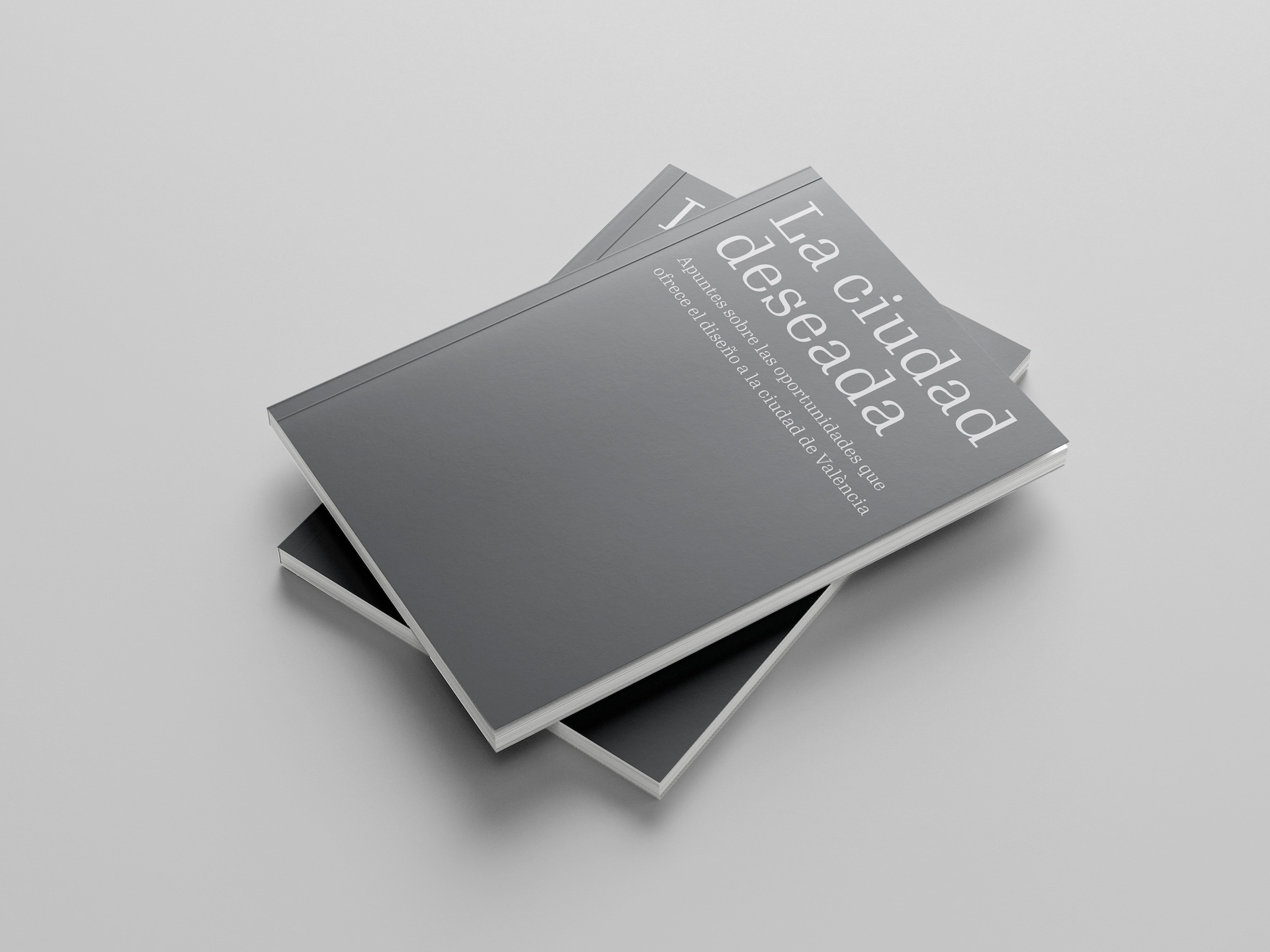
Under the title “The Desired City”, this assessment of the city has been created with the aim of proposing opportunities in the city for the wellbeing of its residents, taking into account different types of intervention and prototyping for the Valencia of the future.
The document presents a vision of the city, an assessment and a proposal for the next steps, establishing the Consell del Disseny (the Design Council) as a consultative team made up of design and architecture professionals who help the Valencian city council to focus on the existing challenges to the relationship between the city and its citizens.
The Design Council is a consultative team made up of design and architecture professionals who help the Valencian city council to focus on the existing challenges to the relationship between the city and its citizens.
As the report itself states in its introduction: “identifying opportunities, looking at problems and proposed solutions without prejudice, and making recommendations in a holistic and transversal manner”.
These opportunities for the city of Valencia have been unified into nine areas of action: transit, urban base, architecture, heritage, lighting, signage, equipment, communication and participation. According to the report, this designation of categories may evolve and be updated according to the different assessments that are subsequently made of the city, grouping together aspects of interest around which the Consell del Disseny believes it can contribute its experience and recommendations.
At the same time, the document underlines the importance of working from a progressive vision of gradual implementation of interventions, starting with incremental improvements that may sometimes be suggested in the form of prototypes, and not so much as drastic changes to the city. In short, understanding Valencia as “a laboratory of pilot experiences that can serve as a driving force to extend this approach to the rest of the Valencian Community”, as the report explains.

Prototyping the Valencia of the future: new opportunities for the Mediterranean city
The initial task of the Consell del Disseny was to propose a model of the city in its first working commissions and to define it as an objective to be followed. As a starting point, a Mediterranean city that is compact, inclusive, resilient, that integrates various uses in its numerous districts, that encourages citizen participation and that positions sustainability as one of its priorities at a strategic level was agreed upon and taken as a reference. Thus, “the desired city”, the Valencia of the future proposed by the Consell, could be defined as a beautiful, legible and playful city.
With the different opportunities identified for the city, the main priorities that have been established are defence of sustainability, a focus on the socio-demographic diversity of citizens and protection of local beauty and heritage.
Putting pedestrians at the centre of the equation, the “transit” section proposes the design of themed routes to traverse the city, the possibility of closing streets adjacent to schools at the beginning and the end of the school day, and the creation of temporary facilities for undeveloped plots of land, revitalising them and enabling their use.
With regard to the “urban base”, the proposition is to rehabilitate currently unoccupied commercial ground floors, using them to house elderly people in the community, particularly because of their accessibility at street level. Also a priority are planting trees in the city and providing pools of water—as can currently be found in the Parc Central—to cool the population during the hottest seasons.
Taking into account the “architecture” of the city, the opening of institutional buildings has been suggested, as well as the programming of free activities in buildings of high architectural value. Another proposal is the installation of specially designed plaques that provide information on their contributions to the urban environment.
In order to preserve the architectural and landscape “heritage“, so valuable and often unknown, it has been suggested to signpost historic neighbourhoods as a way of highlighting the different identities that make up Valencia (Patraix, Ruzafa, Campanar, Benimaclet, etc.); to review the lighting of heritage buildings, modifying it to achieve practically zero energy consumption; and to preserve modern urban epigraphy, so fragile and conditioned by economic interests.
In terms of “lighting”, priority has been given to the use of warm colours, as they produce less light pollution than blue-white colours, and there has also been suggestions for the replacement of transparent glass screens with frosted glass, and the use of presence sensors in specific areas of the city that are activated by movement.
To improve “signage” in Valencia, it has been proposed that a systematised signage system be designed for temporary interventions (such as construction work or changes of the use of spaces) and that an integrated system be created for urban signage that is universally intelligible and based on local culture and heritage. Another proposal is the idea of reducing road markings, in favour of increased and better use of digital tools to guide people on their journeys.
With regard to “equipment”, an idea as been put forward to create urban furniture specific to the city, manufactured locally and in a circular way, designed for the particular climate of Valencia and based on its own visual culture. There is also the option to unify different equipment elements (as has already happened with the installation of traffic signs on lampposts) to avoid duplicating obstacles that hinder pedestrian traffic in public spaces.
In the “communication” section, there was a reminder regarding the existence of procurement guides promoted by the Designers’ Association of the Valencian Community (ADCV) and Valencia World Design Capital 2022. It also explores the possibility of redesigning certain digital municipal services with a focus on better usability, or carrying out different city branding exercises, based on Valencian symbols for the creation of graphic resources present in the city.
Finally, “citizen participation” is seen as an opportunity to get residents more involved in public services, encouraging the neighbourhoods to involve the community in the design of their local spaces. Another of the opportunities identified is for the municipal government to provide a stable platform where citizen contributions to design projects can be centralised and sustained over time.

Next steps
“This document shows the transversal capacity of design when it comes to thinking about and transforming the city, defining this model of a pleasant, enriching, sustainable and inclusive city, attributes linked to the Valencia we want”, says Xavi Calvo, director of the Fundació del Disseny de la Comunitat Valenciana (an entity that is currently coordinated by the Consell itself).
All in all, the ultimate aim of the Consell del Disseny is to help the Valencian city council to build a city that is more friendly, accessible, green and forward-looking. This first assessment has been developed within the framework of the Sustainable Development Goals (at an international level), also taking into account the Spanish Urban Agenda (at a national level) and the Valencia 2030 Urban Strategy at a local level, together with various initiatives that pursue a better urban future, such as the Valencian Urban Agenda, the LOTUP, the Green and Biodiversity Plan, the Valencia City of Squares initiative, the VLC Urban Agriculture Plan and the Plan for the Protection of the Huerta, among others.
The Consell del Disseny was approved by Valancia City Council’s Local Government Board in July 2022 and finally formed in September of the same year, born during the momentum following Valencia World Design Capital 2022 as one of the event’s most significant legacy projects, becoming the first design council for a city council in Spain.
Its members, who today sign this first assessment for the design of the city of Valencia, are: Silvana Andrés (visual artist and teacher), Carmen Baselga (interior architect and designer), Inés Novella (architect and urban planner), Kike Correcher (graphic designer and strategic consultant), Marisa Gallén (designer, chairwoman of the Associació València Capital del Disseny, National Design Award 2019), Xavier Giner (product design teacher), Yolanda Herráiz (designer, president of the Designers’ Association of the Valencian Community (ADCV)), Nacho Lavernia (designer, National Design Award 2012), Maite Palomares (architect), Irene Reig (designer), Ana Segovia (industrial designer), Jose Manuel Vidal (landscape architect).

